
Francesco Bartolozzi was an Italian engraver, whose most productive period was spent in London. He is noted for popularizing the "crayon" method of engraving.

Guido Reni was an Italian painter of the Baroque period, although his works showed a classical manner, similar to Simon Vouet, Nicolas Poussin, and Philippe de Champaigne. He painted primarily religious works, but also mythological and allegorical subjects. Active in Rome, Naples, and his native Bologna, he became the dominant figure in the Bolognese School that emerged under the influence of the Carracci.

Giuseppe Maria Crespi, nicknamed Lo Spagnuolo, was an Italian late Baroque painter of the Bolognese School. His eclectic output includes religious paintings and portraits, but he is now most famous for his genre paintings.
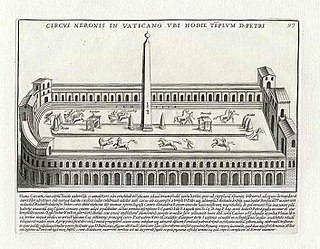
Pietro Santi Bartoli was an Italian engraver, draughtsman and painter.

Giovanni Antonio Burrini was a Bolognese painter of Late-Baroque or Rococo style. After an apprenticeship with Domenico Maria Canuti, he went to work under Lorenzo Pasinelli with fellow student, Giovanni Gioseffo dal Sole. He became an early friend and often close collaborator with Giuseppe Maria Crespi, with whom he shared a studio. He became a rival and competitor with Sebastiano Ricci. He painted in Turin for the Carignano family and Novellara. In 1709, he was one of the founding members of the Accademia Clementina in Bologna.
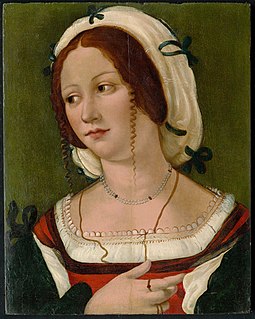
The Bolognese School or the School of Bologna of painting flourished in Bologna, the capital of Emilia Romagna, between the 16th and 17th centuries in Italy, and rivalled Florence and Rome as the center of painting. Its most important representatives include the Carracci family, including Ludovico Carracci and his two cousins, the brothers Agostino and Annibale Carracci. Later, it included other Baroque painters: Domenichino and Lanfranco, active mostly in Rome, eventually Guercino and Guido Reni, and Accademia degli Incamminati in Bologna, which was run by Lodovico Carracci. Certain artistic conventions, which over time became traditionalist, had been developed in Rome during the first decades of the 16th century. As time passed, some artists sought new approaches to their work that no longer reflected only the Roman manner. The Carracci studio sought innovation or invention, seeking new ways to break away from traditional modes of painting while continuing to look for inspiration from their literary contemporaries; the studio formulated a style that was distinguished from the recognized manners of art in their time. This style was seen as both systematic and imitative, borrowing particular motifs from the past Roman schools of art and innovating a modernistic approach.

Alessandro Tiarini was an Italian Baroque painter of the Bolognese School.
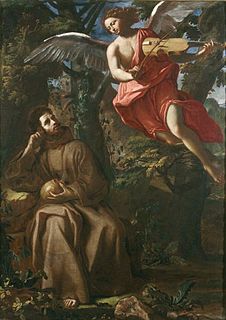
Francesco Cozza was an Italian painter of the Baroque period.

Domenico Maria Canuti was an Italian painter of the Baroque period, active mainly in Bologna and Rome. He was a major painter of fresco decorations. His ceiling decorations showed a mix of Bolognese and Roman influences.

Francesco Brizio (1574–1623) was an Italian painter and engraver of the Bolognese School, active in the early-Baroque.
Giovanni Luigi Valesio, also known as Giovanni Valesio or Luigi Valesio, was an Italian painter and, most prominently, an engraver of the early-Baroque, active in his native city of Bologna, and then in Rome.
Giacomo Alboresi (1632–1677) was an Italian painter of the Baroque period.
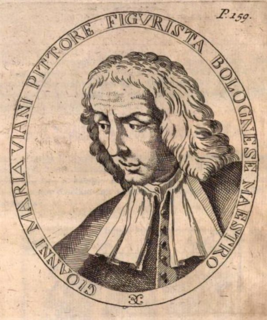
Giovanni Maria Viani (1636–1700) was an Italian painter of the Baroque period, active in Bologna.
Giovanni Battista Caccioli was an Italian painter of the Baroque period.
Giulio Cesare Venenti (1609–1697) was an Italian engraver of the Baroque period. He was born in Bologna, where he first apprenticed under Francesco Brizio and Reni. He is best known for engravings of painters of Northern Italy including Parmigianino, Domenico Maria Canuti, and Annibale Carracci, including his landscapes.
Giuseppe Camerata (1718–1803) was an Italian miniaturist painter and engraver.
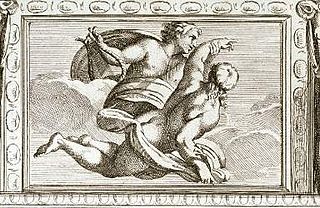
Carlo Cesio or Carlo Cesi was a Baroque-style painter and engraver of the Roman school.
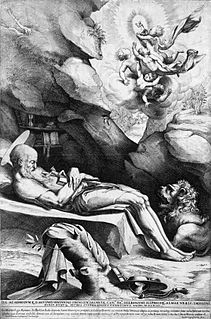
Luca Ciamberlano was an Italian painter and engraver of the Baroque period.

Santa Cristina or Santa Cristina della Fondazza is a deconsecrated Roman Catholic church and adjacent former convent, located on Piazzetta Morandi in central Bologna, region of Emilia Romagna, Italy. Since 2007, the barrel-vaulted church has served as a performance hall for concerts, mainly of choir and classical formats, while the convent houses the Department of Visual Arts of the University of Bologna.

Antonio Maria Haffner (1654–1732) was an Italian painter of quadratura and priest during the Baroque period, active mainly in Bologna.















